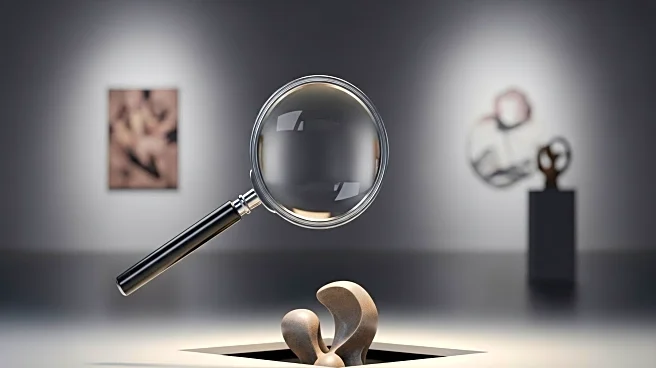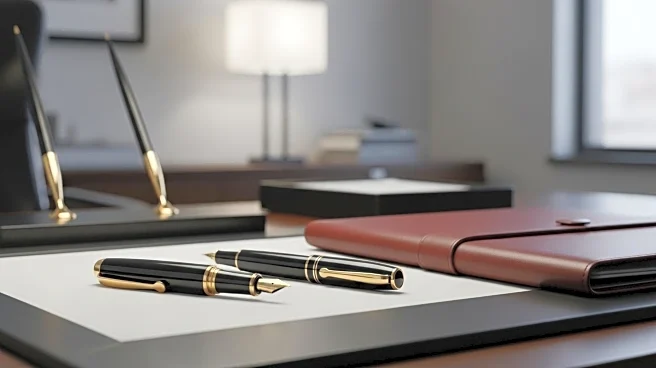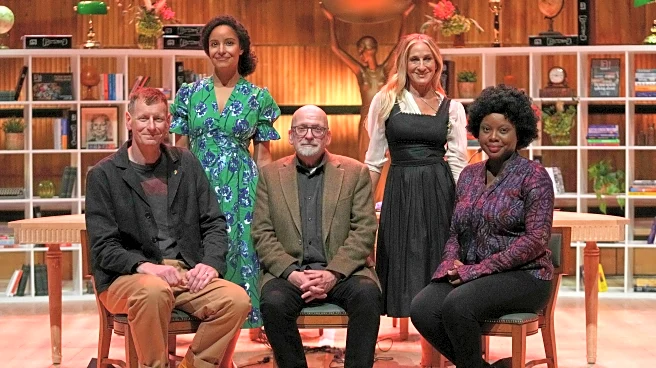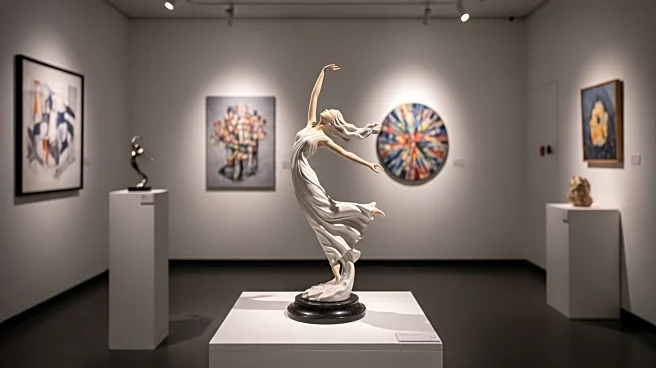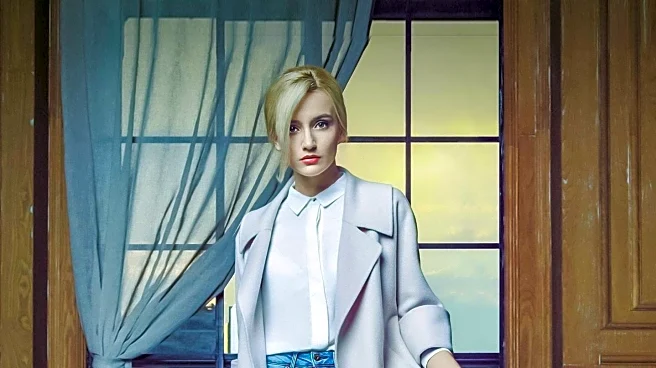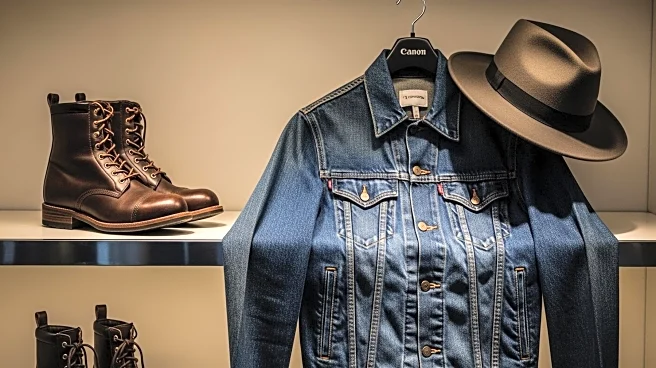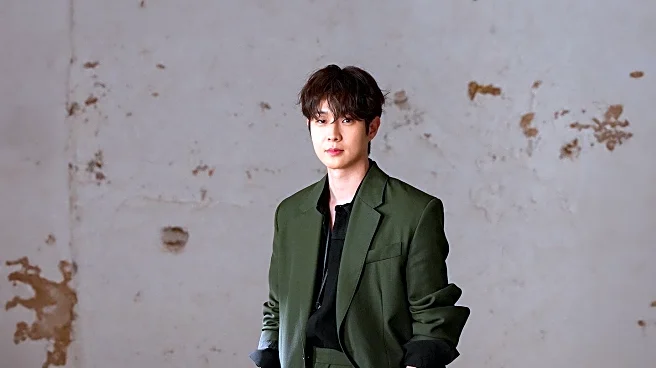What's Happening?
Jane Austen, the renowned novelist, reportedly found inspiration for the character Jane Bennet from her novel 'Pride and Prejudice' in a portrait by William Blake. Austen attended an art exhibition in London in 1813, the same year she published her novel anonymously, and wrote to her sister Cassandra about finding a likeness that perfectly captured Jane Bennet's features and sweetness. Historians believe the portrait Austen referred to is Blake's 'Portrait of Mrs. Q,' depicting Georgina Quentin, wife of Sir George Augustus Quentin. The original painting is lost, but a print of the artwork was produced in 1820. The portrait is currently held in the Morgan Library and Museum in New York, part of an exhibition celebrating Austen's legacy.
Why It's Important?
This discovery highlights the intersection of literature and visual arts, showcasing how authors like Jane Austen drew inspiration from contemporary art to shape their characters. The exhibition at the Morgan Library and Museum not only celebrates Austen's literary contributions but also provides insight into her creative process. It underscores the enduring influence of Austen's work and the cultural significance of her characters, which continue to resonate with audiences today. The exhibition also offers a unique opportunity to explore the historical context of Austen's era, enriching the understanding of her novels and their impact on modern storytelling.
What's Next?
The exhibition 'A Lively Mind: Jane Austen at 250' at the Morgan Library and Museum will continue to display the engraving of Blake's 'Mrs. Q' until September 14. This event marks the anniversary of Austen's birth and features a collection of her manuscripts and artifacts from Jane Austen's House in Chawton, U.K. The exhibition aims to deepen appreciation for Austen's work and her influence on literature. As interest in Austen's novels persists, future adaptations and scholarly research may further explore the connections between her characters and historical figures, potentially leading to new interpretations and insights.
Beyond the Headlines
The revelation of Austen's artistic inspiration raises questions about the role of visual arts in literary creation. It invites a broader discussion on how authors historically engaged with other art forms to enrich their narratives. This cross-disciplinary approach may inspire contemporary writers to explore similar methods, fostering innovation in storytelling. Additionally, the exhibition's focus on Austen's manuscripts and artifacts provides a tangible connection to her creative process, offering a deeper understanding of her work's historical and cultural context.

